TikTok Shop Hits $2M Single-Day GMV During U.S. Global Black Friday Push
Reading Time: 3 minutesTikTok Shop reached a major milestone during its largest U.S. “Global Black…
Portland, Oregon(March 28, 2020) – CedCommerce today released its new product Bol PrestaShop Integration for sellers based in the Netherlands and Belgium. Thus this newly launched integration will help PrestaShop sellers to integrate their store with bol.com marketplace and sell easily.
Director of CedCommerce enunciates his thoughts, “Seeing the rapid rise in the eCommerce in Netherlands and Belgium, we have developed this Bol PrestaShop Integration for the sellers to sell effectively and expand their business. Also we are happy to launch this new product and help the sellers with exclusive features of the extension.”
The all-new Bol PrestaShop Integration is available for download on CedCommerce’s Marketplace Integration Page.
Bol.com is the largest growing eCommerce store in Netherland and Belgium with 10 million customers, more than 1800 colleagues at the Utrecht office, and 23,000 merchants selling on this platform. By the year 2025, shopping on bol.com will be climate neutral, which means they will be reducing the direct footprint to 0 gms of CO2 emissions per package. Hence to achieve this step the bol.com staff are very ambitious. The biggest competitor of Bol.com in the Netherlands is Amazon. Amazon is a full-fledged marketplace with more than 100 million products across 30 categories.
CedCommerce has made its name among the top eCommerce solution providers in the world. Led by a team of highly motivated professionals, CedCommerce has made the internet a better place to sell. Since 2010, CedCommerce has developed multiple plugins for Adobe Commerce Cloud to help sellers. Hence it helps in achieving hassle-free selling and eliminating all the barriers faced while building and expanding an eCommerce business. CedCommerce creates a personalized webstore to match the seller’s business persona and helping them achieve efficient functioning. CedCommerce aims at helping sellers to incorporate the concept of Multi-channel selling to its full potential.

Reading Time: 3 minutesTikTok Shop reached a major milestone during its largest U.S. “Global Black…

Reading Time: 3 minutesOpenAI has announced a new AI-powered shopping research tool designed to help…

Reading Time: 9 minutesIf your TikTok Shop listings often sit in review or your visibility…

Reading Time: 3 minutesAmazon has rolled out a new “Seller Challenge” feature for eligible Account…
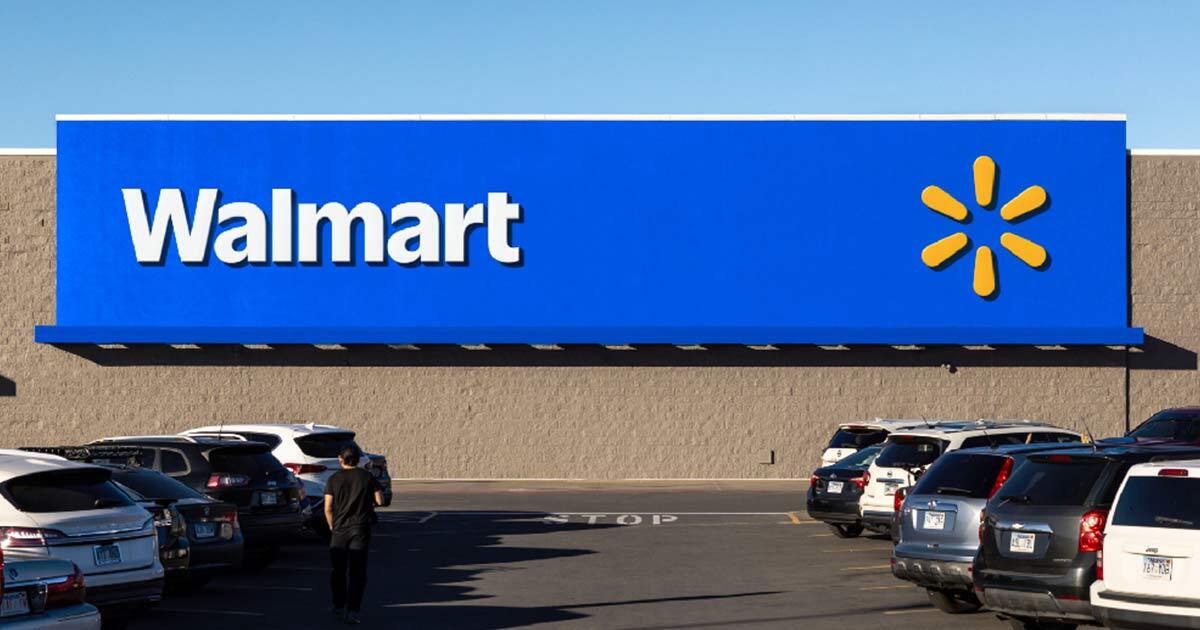
Reading Time: 3 minutesWalmart Marketplace has sharpened its requirements around product classification (category, type group,…

Reading Time: 3 minutesJust ahead of Black Friday, Amazon is enforcing tighter controls on its…

Reading Time: 11 minutesWhere holiday prep of past years focused on legacy channels like Amazon,…
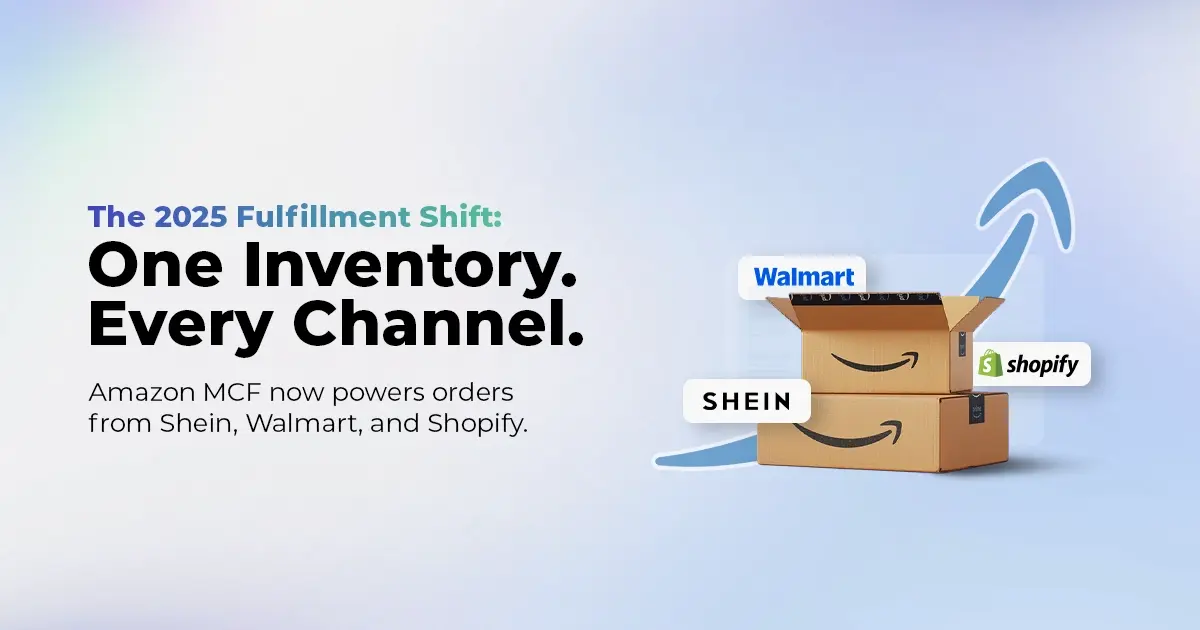
Reading Time: 11 minutesThe eCommerce shift you actually need to act on Multi-channel fulfillment has…
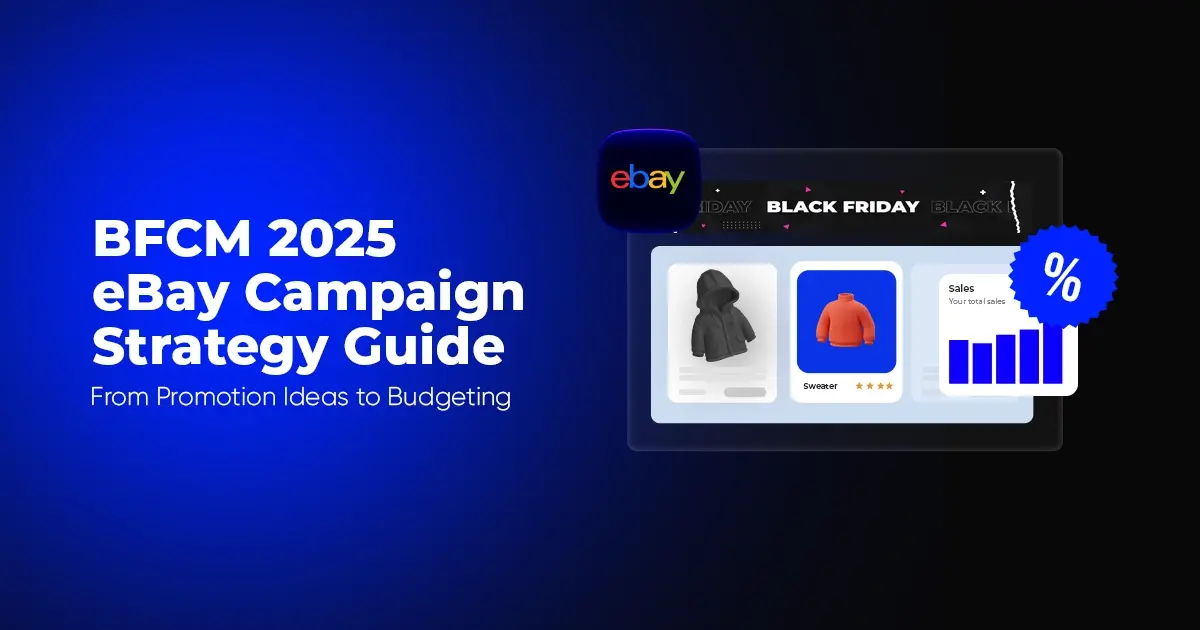
Reading Time: 10 minutesBlack Friday Cyber Monday (BFCM) isn’t a weekend anymore; it’s a two-month…

Reading Time: 2 minuteseBay is quietly testing a new feature that could reshape how buyers…

Reading Time: 2 minutesAmazon is stepping into a new era of value commerce with the…
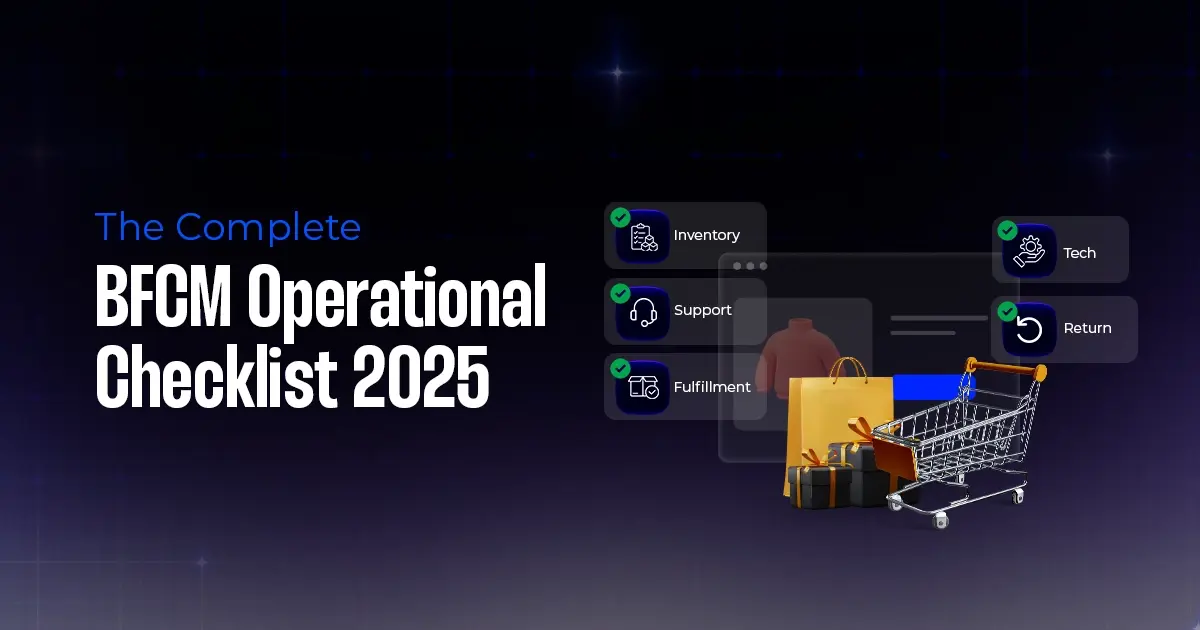
Reading Time: 11 minutesThe $240 Billion BFCM Opportunity & Why Operations Matter Every seller, business,…

Reading Time: 7 minutesTL;DR — Your 60-Second BFCM Battle Plan Time remaining: 3 weeks until…

Reading Time: 2 minutesChina’s Double 11 shopping festival — the world’s largest annual online retail…

Reading Time: 2 minutesAs the holiday season approaches, TikTok Shop has released its September 2025…

Reading Time: 3 minutesIn a continued effort to enable sellers and stimulate new product launches…
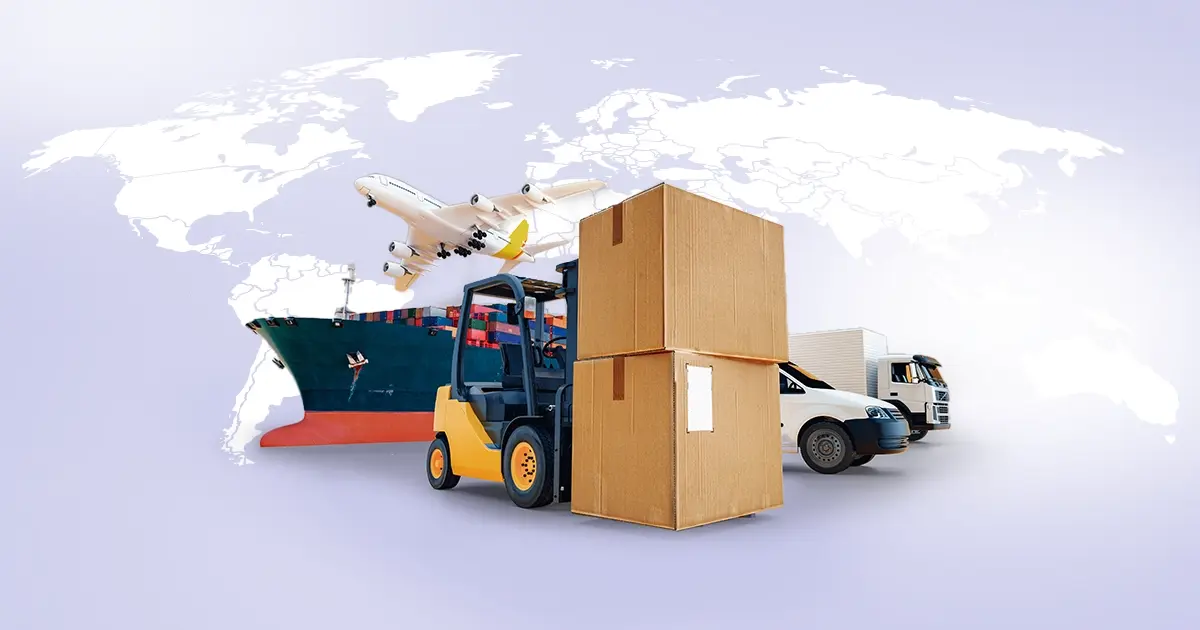
Reading Time: 2 minutesAs global trade enters a new phase of regulation and cost restructuring,…

Reading Time: 2 minutesOpenAI Turns to Amazon Web Services in $38 Billion Cloud Deal: What…
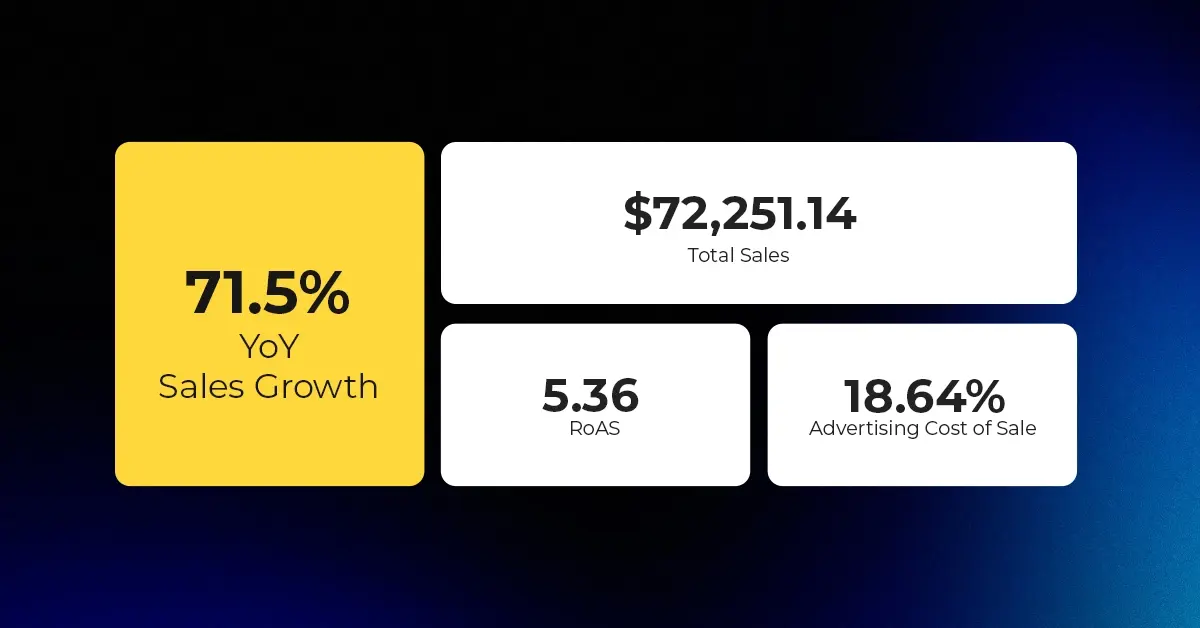
Reading Time: 4 minutesAbout the Client TMRG is a global health and wellness brand with…

Reading Time: 2 minutesAmazon Begins Quarterly Tax Reporting to China: A New Era of Cross-Border…